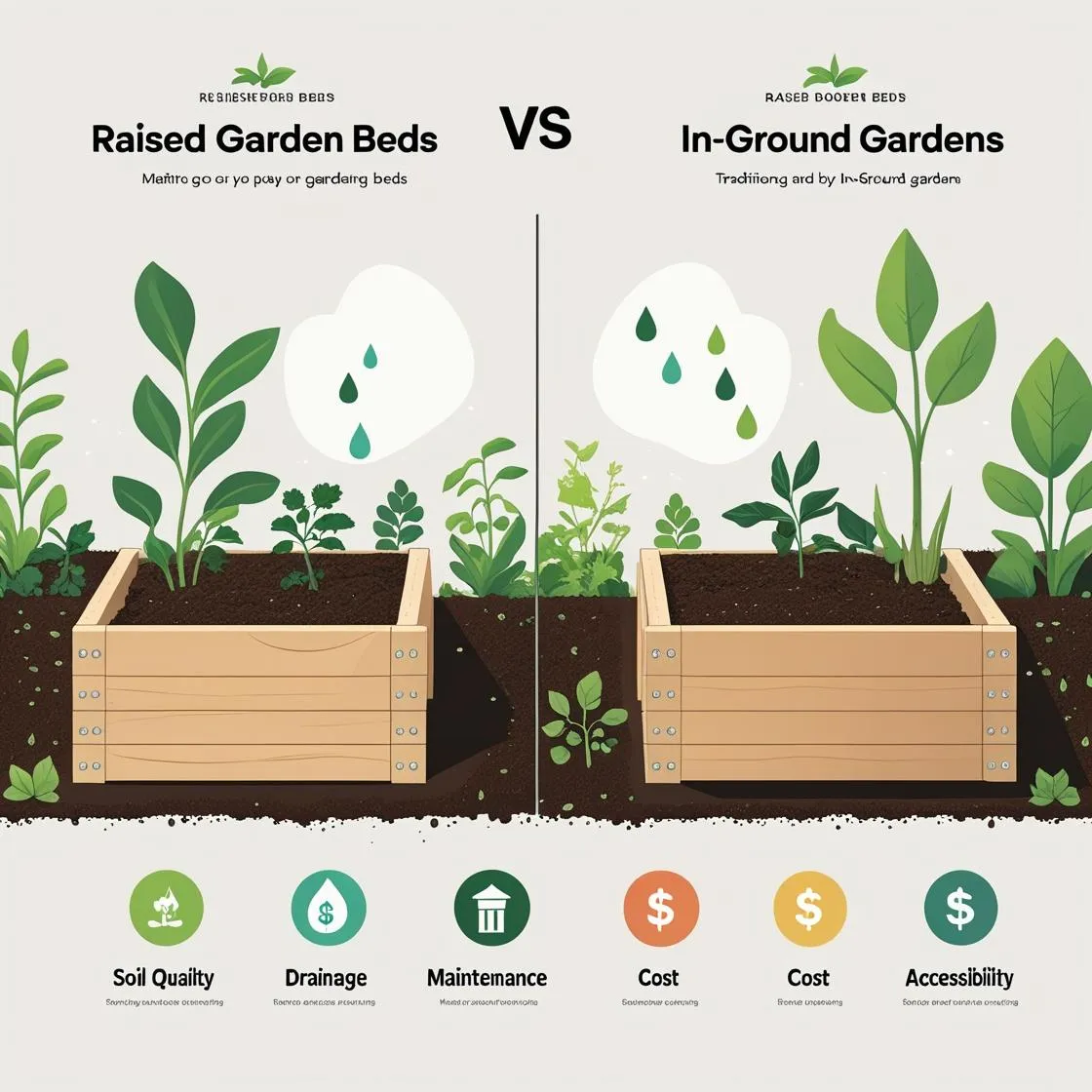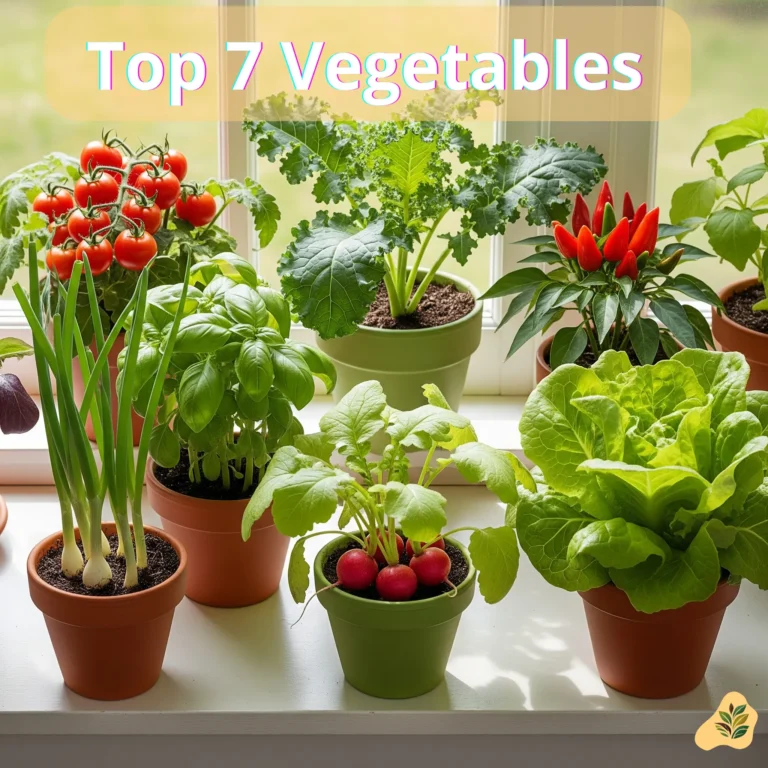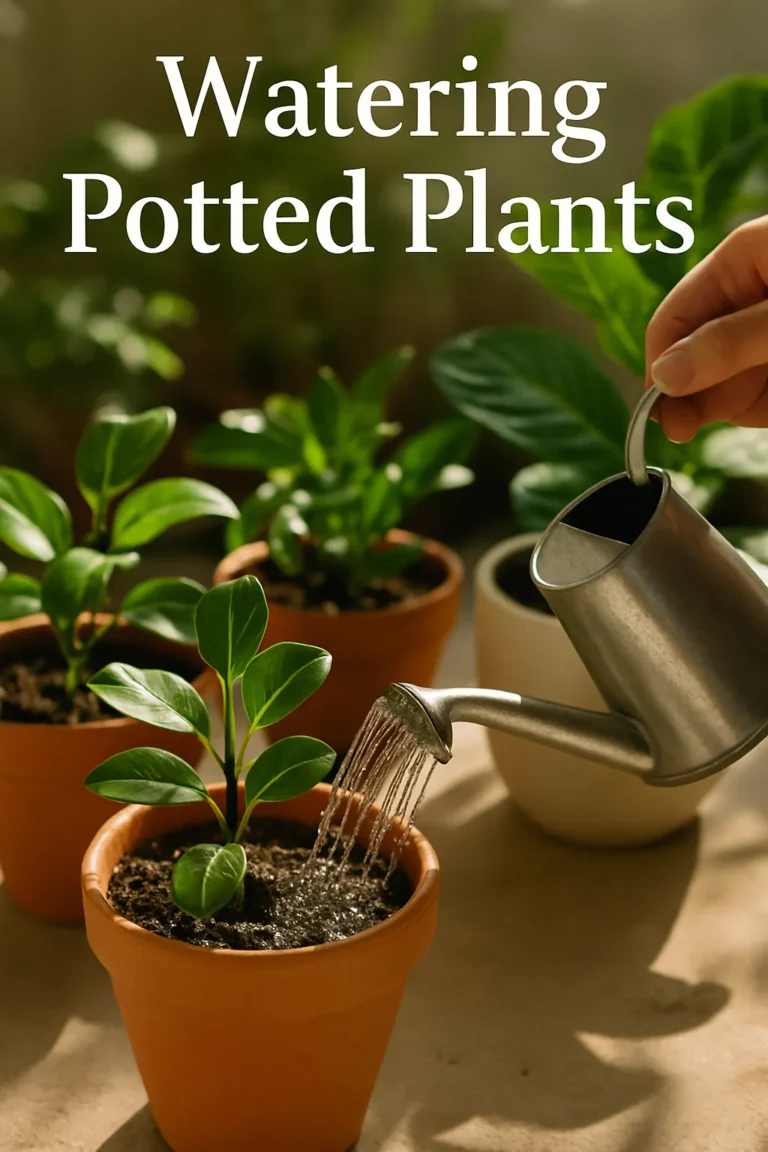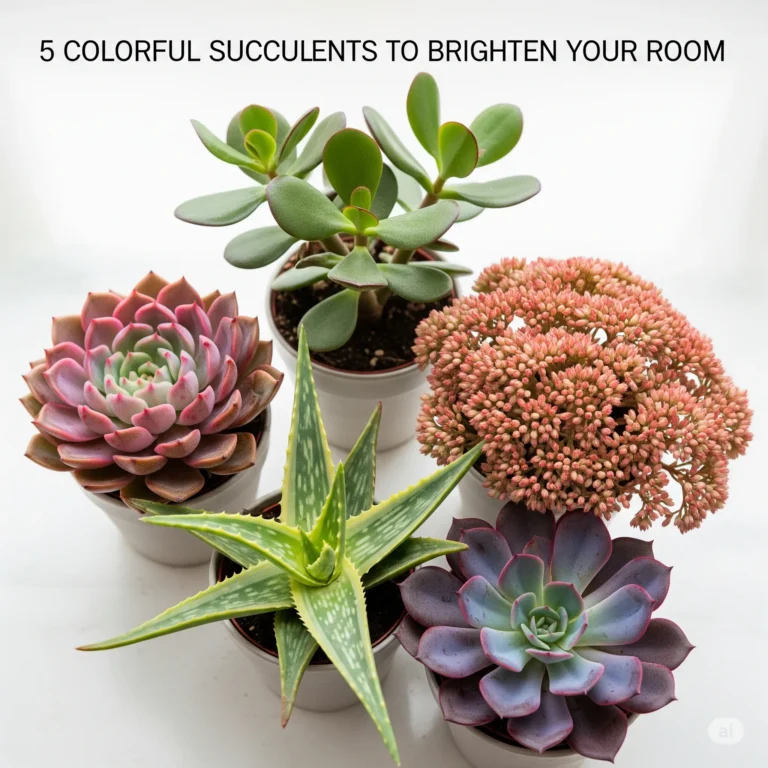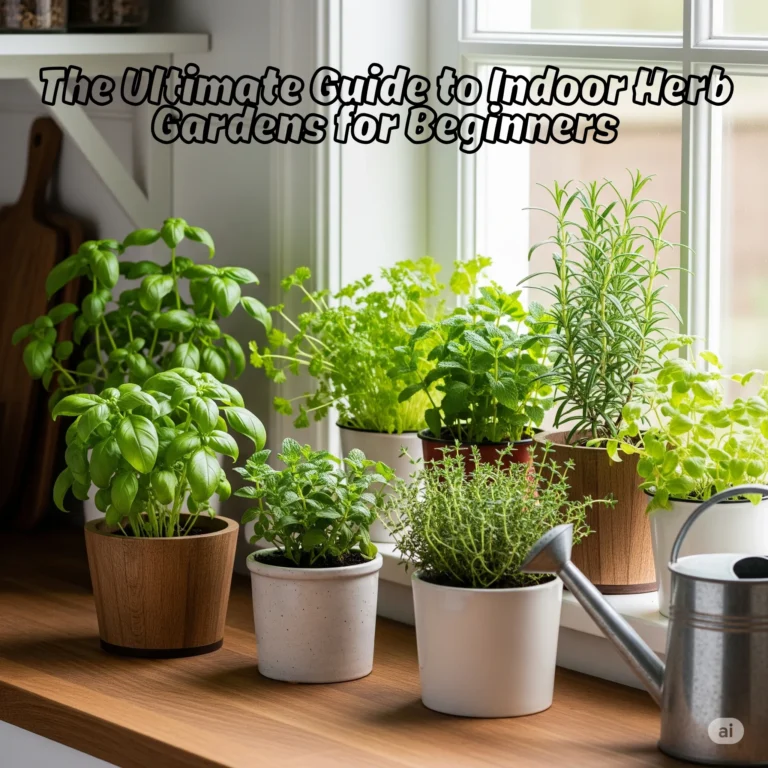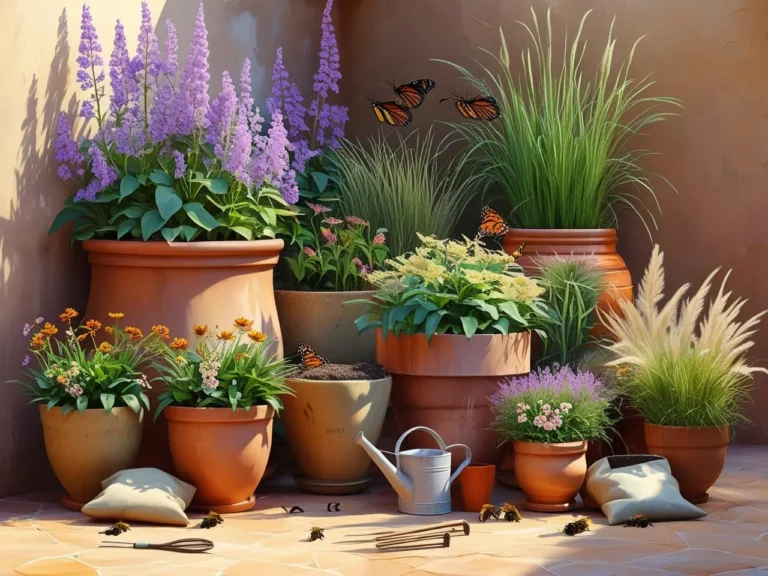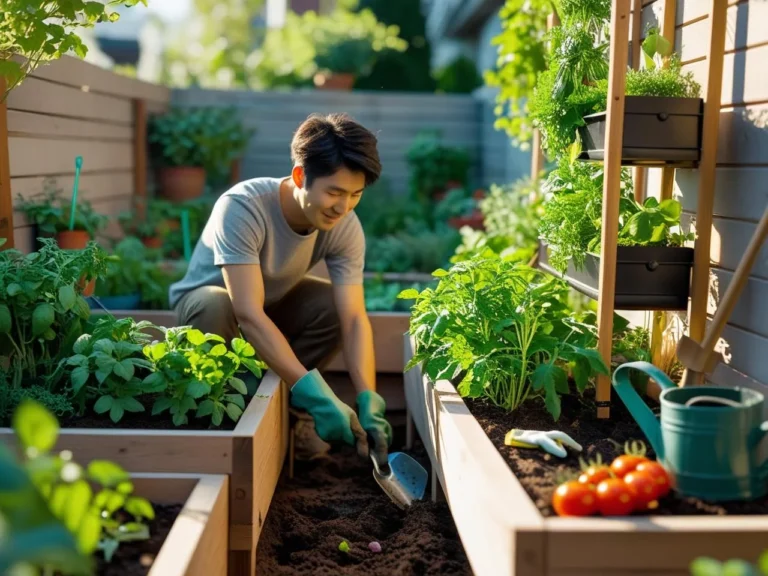Raised Beds vs In-Ground Gardens: Which is Right for You?
Choosing how to set up your garden is one of the first big decisions a new gardener makes. The debate over raised beds vs in-ground gardens is a classic one, and for good reason! While traditional in-ground plots have been the standard for centuries, raised beds are surging in popularity, especially for those with small spaces or challenging soil.
So, which method is best for your green thumb? This guide will walk you through a complete gardening methods comparison, looking at soil, maintenance, cost, and more to help you decide.
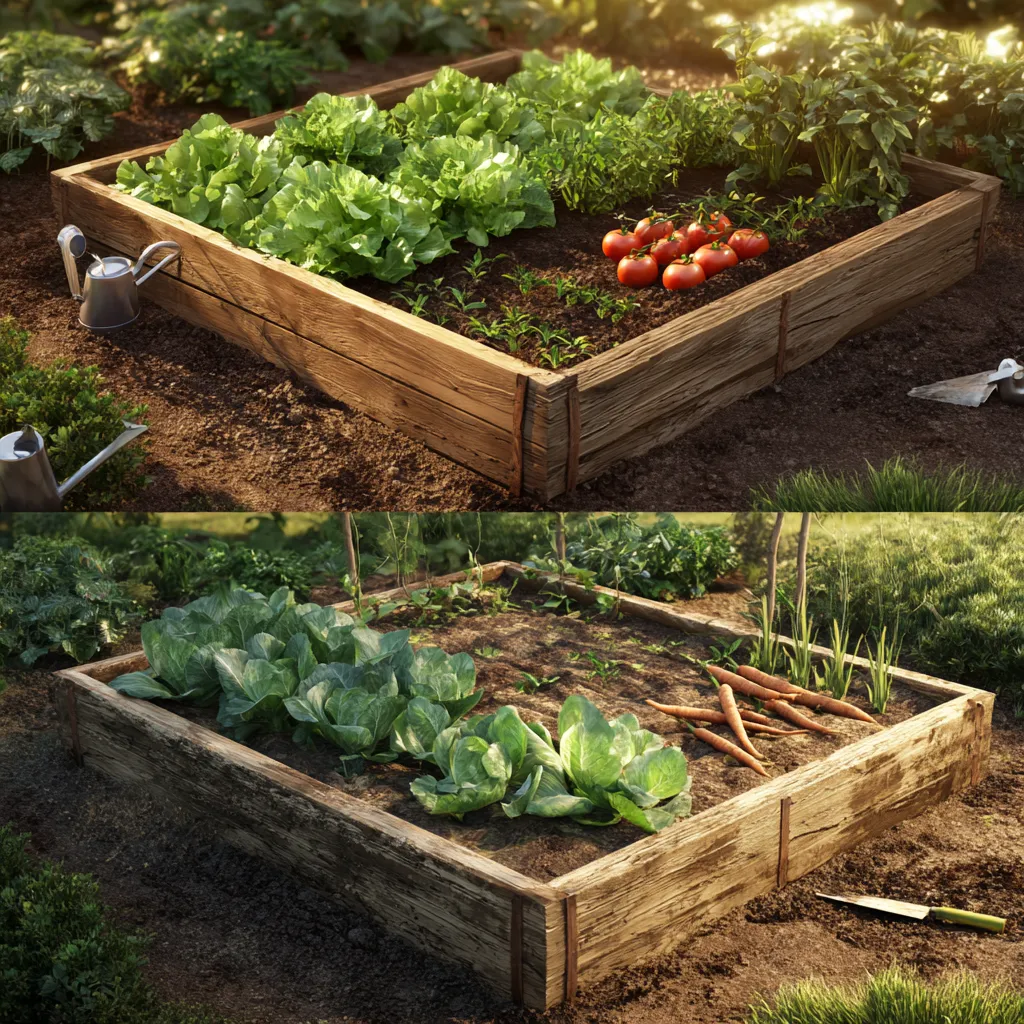
Raised Beds vs In-Ground Gardens – Key Differences 🌿
At a glance, here’s how the two methods stack up. This table breaks down the main garden bed pros and cons for each style.
| Feature | Raised Beds | In-Ground Gardens |
| Soil Quality | Custom soil mix, better control | Depends on native soil quality |
| Drainage | Excellent drainage | Can be poor if soil is compacted |
| Pest & Weed Control | Easier to manage in a contained space | Often more challenging |
| Maintenance | Occasional soil replenishment | Regular tilling and amending |
| Cost | Higher upfront cost (materials) | Lower upfront cost |
| Accessibility | Easier on back, can be built to any height | Requires bending or kneeling |
| Growing Season | Warms faster in spring for earlier planting | Depends on local soil temperature |
📌 Tip: Raised beds warm up faster in spring for early planting!
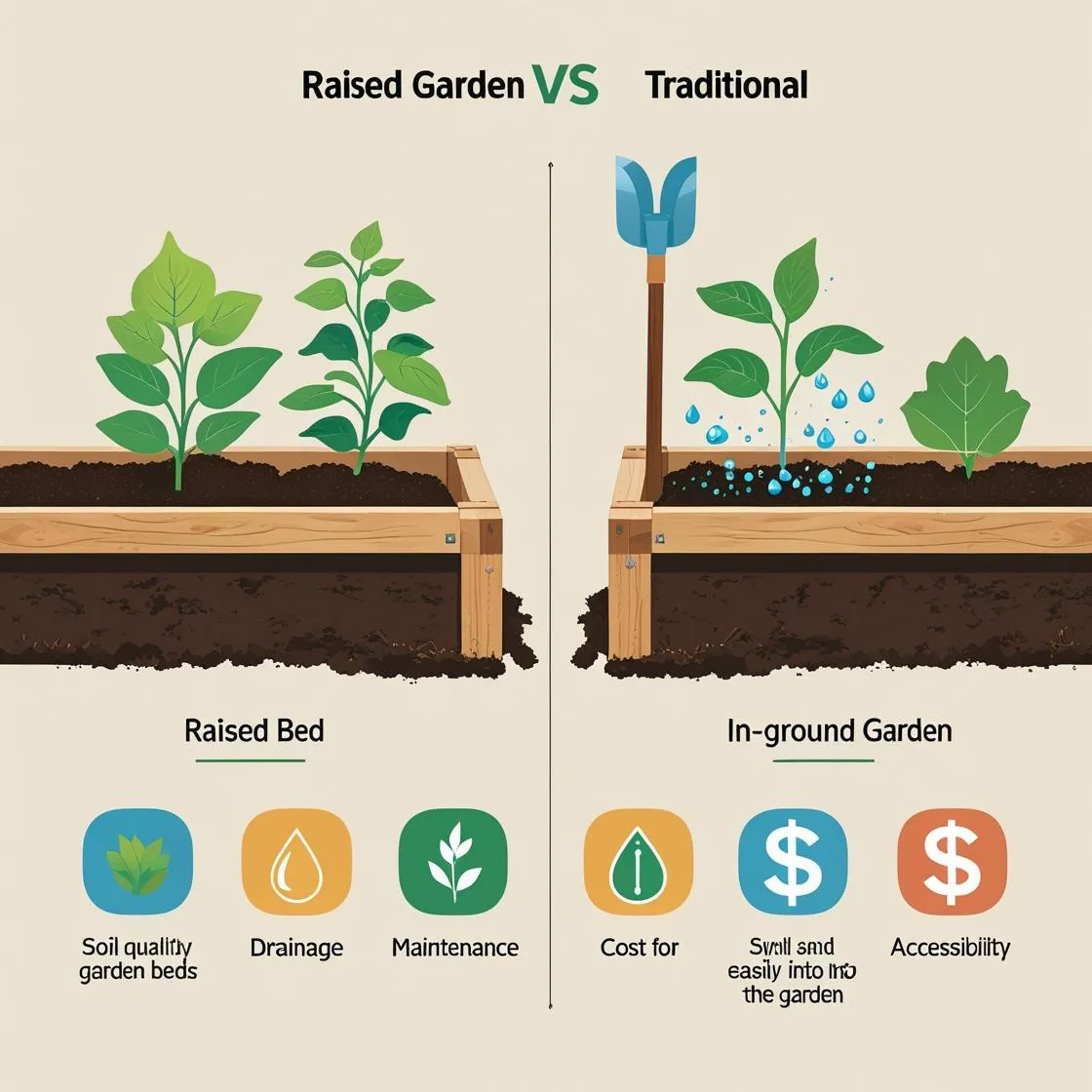
Soil and Drainage: The Great Divide 🧑🌾
The biggest advantage of raised bed gardening is total control over your soil. You fill the bed with a perfect, loose, and nutrient-rich mix from the start. This creates ideal drainage, preventing waterlogged roots—a common problem in heavy clay soil. You get to skip the back-breaking work of amending poor native soil.
In-ground gardens rely on the earth you already have. If you’re blessed with naturally loamy soil, an in-ground bed is a fantastic, low-cost option. However, most gardeners will need to amend their soil with compost and other organic matter to improve its structure and fertility. When considering soil quality in raised beds vs ground, raised beds almost always win for ease and performance.
🌿 Did you know? Raised beds reduce soil compaction because you never walk on the growing area!
A Look at Maintenance in Raised Beds vs In–Ground Gardens 🛠️
Maintenance is where the two methods really diverge. Raised beds offer a contained, manageable space. Weeding is far less of a chore because the beds are elevated and have fewer invasive weeds from the surrounding lawn. Pest control can also be simpler—it’s easier to add protective netting or set up barriers against slugs and snails.
In-ground gardens are open to the wider ecosystem, meaning more weeds and potentially more pests. They often require more diligent weeding and tilling to keep the soil loose. That said, both methods benefit greatly from a thick layer of mulch to retain moisture and suppress weeds.
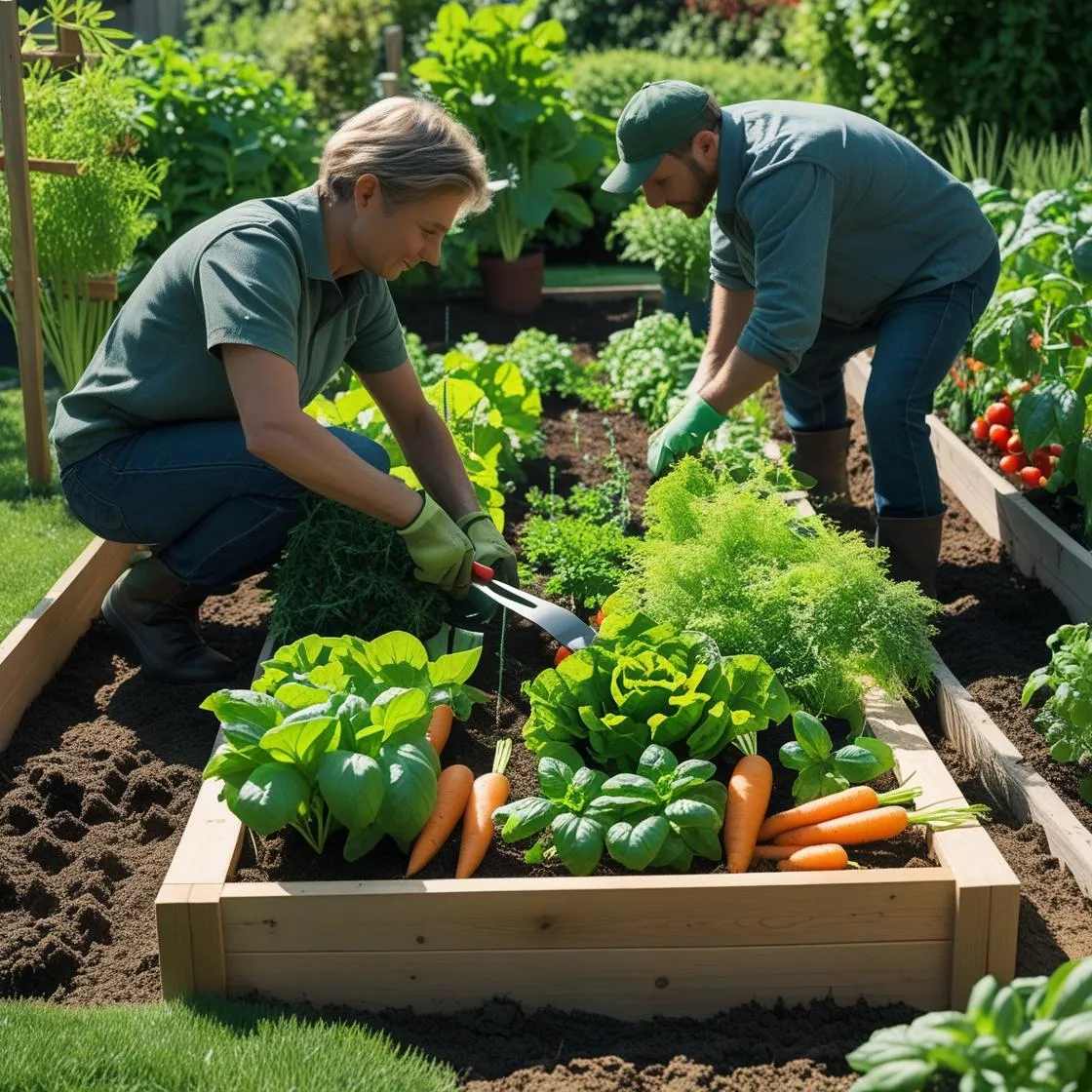
Cost and Time Investment Comparison 📋
Your budget and available time are major factors. Here’s a quick breakdown:
| Factor | Raised Beds | In-Ground Gardens |
| Initial Setup Cost | Moderate to high (wood, soil) | Low to moderate (seeds, tools) |
| Time to Build | A few hours to a full day | Minimal (a few hours to till) |
| Ongoing Maintenance | Moderate | Moderate to high |
| Longevity | 5-15+ years (depending on materials) | Indefinite |
Which Is Right for You? 🌞
So, what’s the verdict in the raised beds vs in-ground gardens debate? The best choice depends entirely on your situation.
✅ Choose Raised Beds if:
- You have poor, rocky, or clay-heavy soil.
- You have limited space, like a patio or small yard.
- You want to avoid bending or kneeling due to physical limitations.
- You want a tidy, organized look and an earlier start to the growing season.
✅ Choose In-Ground Gardens if:
- You have naturally good soil or don’t mind amending it.
- You are gardening on a tight budget.
- You plan to grow a large number of plants that need lots of space.
- You prefer a more natural, sprawling garden aesthetic.
🧑🌾 Gardening Hack: Consider your space, budget, and physical needs before choosing!
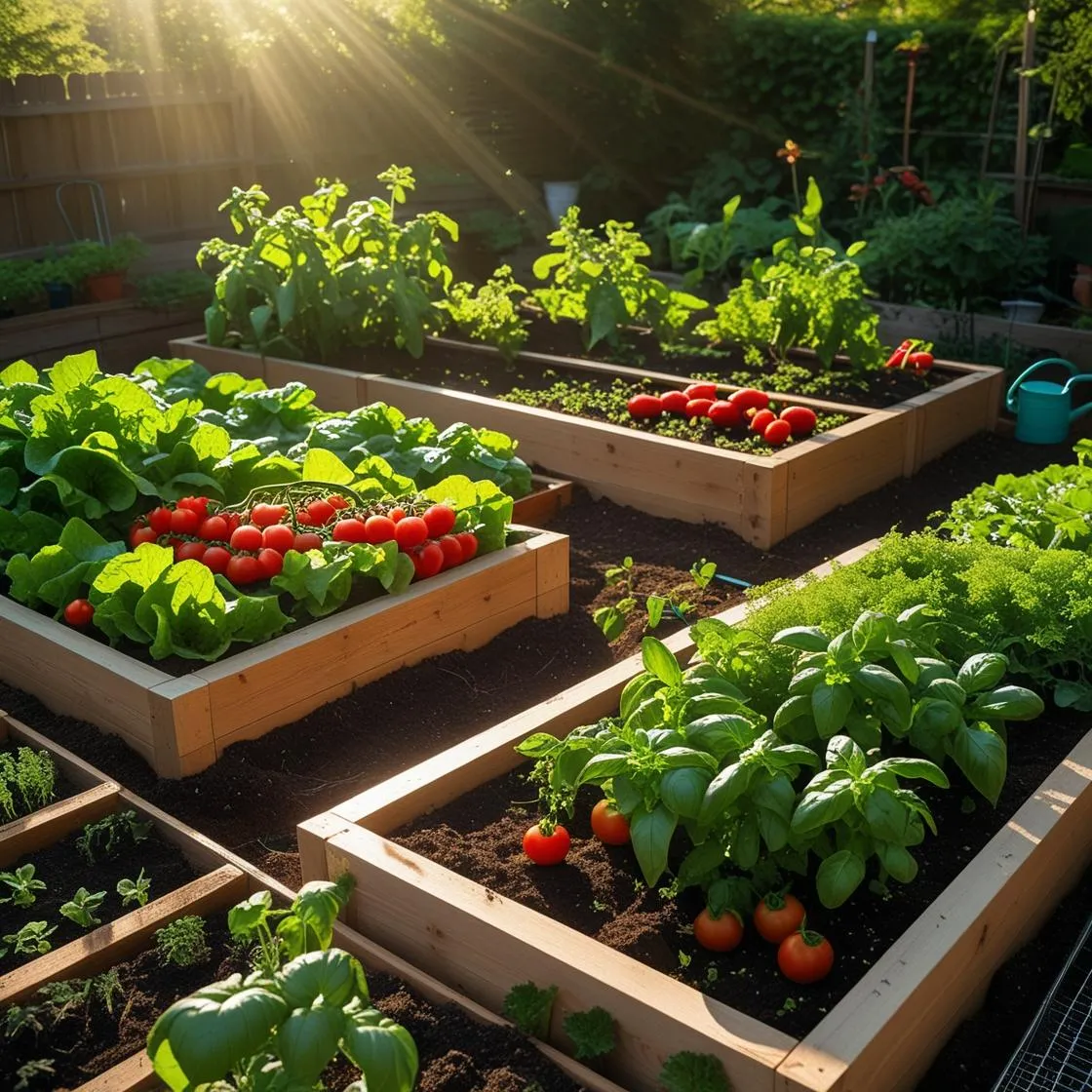
Conclusion 🌻
Ultimately, there is no single “winner.” Both raised beds and in-ground gardens can produce beautiful, bountiful harvests. The best gardening method is the one that fits your space, budget, and lifestyle. The most important thing is to get started and enjoy the process of growing your own food and flowers.
What’s your preference? Share your experiences with raised beds or in-ground gardens in the comments below

